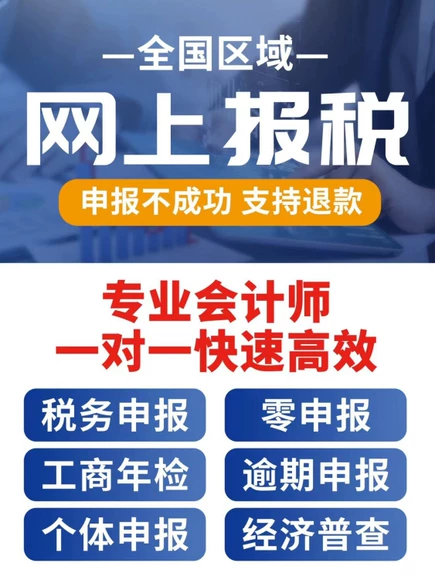“In order to effectively promote a diverse and strong 21st century scientific, technological, and engineering workforce, Federal agencies should expand or add programs that effectively overcome barriers such as educational transition from one level to the next and student requirements for financial resources.” --Public Law 106-525, Minority Health and Health Disparities Research and Education Act of 2000.
Individuals from low-income families are underrepresented in scientific careers, and have limited access to necessary science and math prerequisites at every academic level. Data shows that while half of all individuals from high-income families have a bachelor’s degree by age 25, only one in 10 individuals from low-income families do. Low-income students are less likely to take a science-oriented core curriculum, and less likely to meet readiness benchmarks on college entrance exams. This can be attributed in part to data showing that nationwide, between 10-25 percent of high schools do not offer more than one of the core courses in the typical sequence of high school math and science education—such as algebra I and II, geometry, biology, and chemistry. The College Board has observed that each year, hundreds of thousands of students do not participate in AP courses for which they have high potential, in large part because of “the lower availability of a variety of AP courses in schools with higher numbers of low-income and traditionally underserved minority students.”
Many high school graduates from low-income families go on to attend community colleges rather than a four-year college, and may continue to have limited access to the higher education and research experiences needed to access science research careers.
Encouraging DiversityNIH encourages institutions to diversify their student and faculty populations to enhance the participation of individuals from groups that are underrepresented in the biomedical, clinical, behavioral and social sciences, including individuals from disadvantaged backgrounds. Individuals from disadvantaged backgrounds are defined as those who meet two or more of the following criteria:
Were or currently are homeless, as defined by the McKinney-Vento Homeless Assistance Act; Were or currently are in the foster care system, as defined by the Administration for Children and Families; Were eligible for the Federal Free and Reduced Lunch Program for two or more years; Have/had no parents or legal guardians who completed a bachelor’s degree (see First-Generation and Continuing-Generation College Students: A Comparison of High School and Postsecondary Experiences; Were or currently are eligible for Federal Pell grants; Received support from the Special Supplemental Nutrition Program for Women, Infants and Children (WIC) as a parent or child; Grew up in one of the following areas: a) a U.S. rural area, as designated by the Health Resources and Services Administration (HRSA) Rural Health Grants Eligibility Analyzer, or b) a Centers for Medicare and Medicaid Services-designated Low-Income and Health Professional Shortage Areas (qualifying zip codes are included in the file). Only one of the two possibilities in #7 can be used as a criterion for the disadvantaged background definition.



